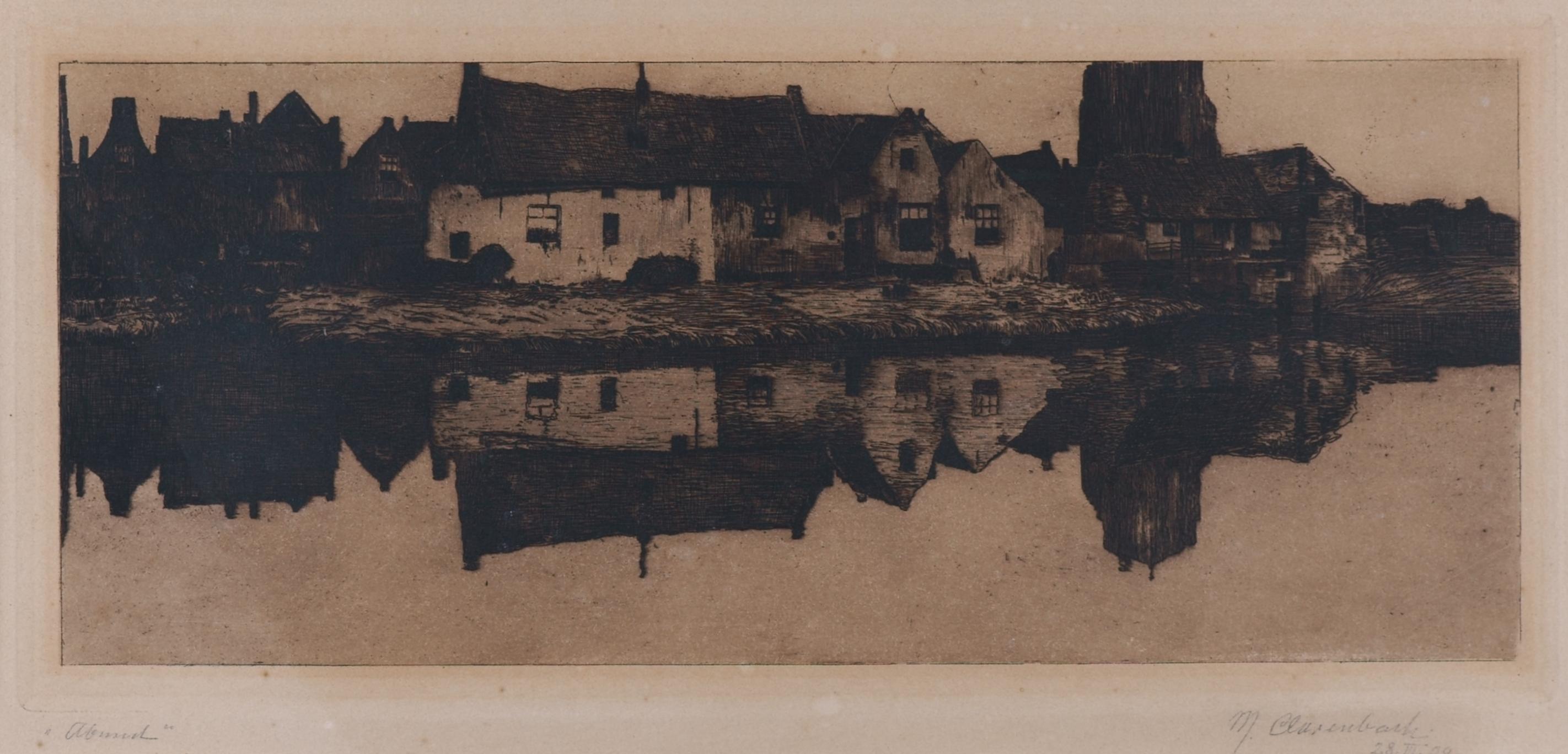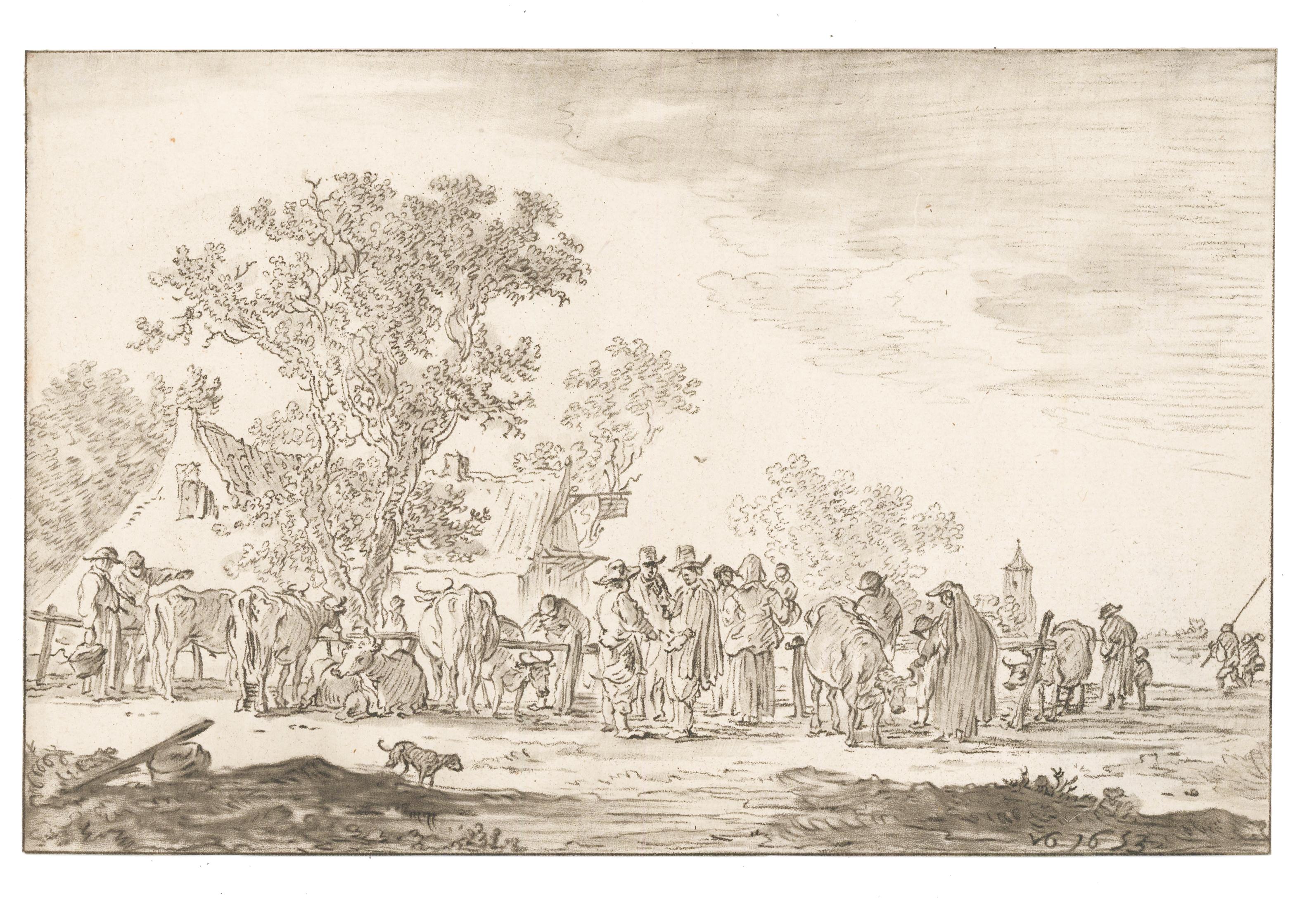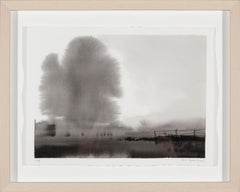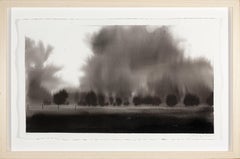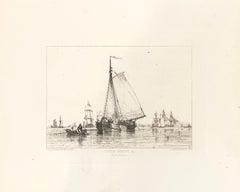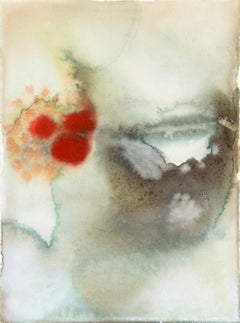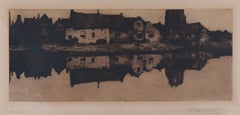Want more images or videos?
Request additional images or videos from the seller
1 of 6
Abe GerlsmaNevelc. 1960
c. 1960
$2,160
£1,636.61
€1,877.88
CA$3,039.47
A$3,341.21
CHF 1,755.99
MX$40,574.49
NOK 21,905.51
SEK 20,753.93
DKK 14,015.09
About the Item
Abe Gerlsma
- Creator:Abe Gerlsma (1919 - 2012, Dutch)
- Creation Year:c. 1960
- Dimensions:Height: 16 in (40.64 cm)Width: 20 in (50.8 cm)
- More Editions & Sizes:UnknownPrice: $2,160
- Medium:
- Movement & Style:
- Period:
- Condition:
- Gallery Location:Columbia, MO
- Reference Number:1stDibs: LU1976215739472
About the Seller
No Reviews Yet
Vetted Professional Seller
Every seller passes strict standards for authenticity and reliability
1stDibs seller since 2022
45 sales on 1stDibs
Typical response time: 3 hours
- ShippingRetrieving quote...Shipping from: Columbia, MO
- Return Policy
Authenticity Guarantee
In the unlikely event there’s an issue with an item’s authenticity, contact us within 1 year for a full refund. DetailsMoney-Back Guarantee
If your item is not as described, is damaged in transit, or does not arrive, contact us within 7 days for a full refund. Details24-Hour Cancellation
You have a 24-hour grace period in which to reconsider your purchase, with no questions asked.Vetted Professional Sellers
Our world-class sellers must adhere to strict standards for service and quality, maintaining the integrity of our listings.Price-Match Guarantee
If you find that a seller listed the same item for a lower price elsewhere, we’ll match it.Trusted Global Delivery
Our best-in-class carrier network provides specialized shipping options worldwide, including custom delivery.More From This Seller
View AllPostcards from Beyond No. 27
Located in Columbia, MO
Joel D. Sager (b. 1980) is a contemporary American painter of landscapes, still-life and portraiture. Often drawing on such standard subject matter with economy and singularity— a so...
Category
21st Century and Contemporary Contemporary Landscape Paintings
Materials
Ink
Postcards from Beyond No. 32
Located in Columbia, MO
Joel D. Sager (b. 1980) is a contemporary American painter of landscapes, still-life and portraiture. Often drawing on such standard subject matter with economy and singularity— a so...
Category
21st Century and Contemporary Contemporary Landscape Paintings
Materials
Ink
33: Dutch Schuyt
Located in Columbia, MO
Edward William Cooke was born in Pentonville. His father, George Cooke, and uncle William Bernard Cooke were also well-known line engravers. Growing up in an environment of artists,...
Category
1820s Naturalistic Landscape Prints
Materials
Etching
June
Located in Columbia, MO
John Selburg was born and raised in Peoria, Illinois. He holds a BFA in Drawing, Sculpture, and Graphic Design from Bradley University (2006), and an MFA from the University of Misso...
Category
21st Century and Contemporary Contemporary Drawings and Watercolor Paint...
Materials
Ink, Watercolor, Archival Paper
Bo
Located in Columbia, MO
John Selburg was born and raised in Peoria, Illinois. He holds a BFA in Drawing, Sculpture, and Graphic Design from Bradley University (2006), and an MFA from the University of Misso...
Category
21st Century and Contemporary Contemporary Drawings and Watercolor Paint...
Materials
Watercolor, Ink, Archival Paper
30: Collier
Located in Columbia, MO
Edward William Cooke was born in Pentonville. His father, George Cooke, and uncle William Bernard Cooke were also well-known line engravers. Growing up in an environment of artists,...
Category
1820s Naturalistic Landscape Prints
Materials
Etching
You May Also Like
Bohemia
By Max Pollak
Located in New York, NY
Max Pollak (1886-1970), Bohemia, drypoint with wash and pencil additions, c. 1925, signed in pencil lower right and titled lower left. In very good condition, printed on a chine coll...
Category
1920s Realist Landscape Prints
Materials
Watercolor, Pencil, Drypoint
Le Ferveur
By Jean-Emile Laboureur
Located in New York, NY
Jean-Emile Laboureur (1877-1943), Le Ferveur, etching, engraving, roulette, drypoint, 1928, signed in pencil lower left, numbered lower right, and annotated “imp.” Reference: Laboure...
Category
1920s Realist Landscape Prints
Materials
Engraving, Etching
Evening - The depth of the visible -
Located in Berlin, DE
Max Clarenbach (1880 Neuss - Cologne 1952), Evening. Etching, 18 x 41 cm (platemark), 33.5 x 57 cm (frame), inscribed "Abend" in pencil at lower left, signed and dated "M. Clarenbach. 28.III.[19]09". Framed and mounted under glass.
- Somewhat browned and slightly foxed.
About the artwork
The horizontally elongated etching depicts the panoramic view of a small town as seen from the other side of the river. There are gabled houses on the left and a mighty church spire on the right. The bourgeois houses and the large religious building indicate the urban character. These buildings are rendered in dark tones to emphasise the lighter row of houses in the centre of the picture, closer to the water. The chiaroscuro contrast creates two parallel planes that open up a space for the imagination of what the city could be. The imagination is stimulated by the almost entirely dark, barely recognisable buildings, while the arm of the river leading into the city further stimulates the imagination.
However, as the silhouette of the city as a whole is reflected in the water, the parallel planes are perceived as a band of houses that stretches across the entire horizontality of the etching and seems to continue beyond the borders of the picture. The reflection has almost the same intensity as the houses themselves, so that the band of buildings merges with their reflection to form the dominant formal unit of the picture. Only the parallel horizontal hatching creates the convincing impression of seeing water, demonstrating Max Clarenbach's mastery of the etching needle.
The water is completely motionless, the reflection unclouded by the slightest movement of the waves, creating a symmetry within the formal unity of the cityscape and its reflection that goes beyond the motif of a mere cityscape. A pictorial order is established that integrates everything in the picture and has a metaphysical character as a structure of order that transcends the individual things. This pictorial order is not only relevant in the pictorial world, but the picture itself reveals the order of the reality it depicts. Revealing the metaphysical order of reality in the structures of its visibility is what drives Clarenbach as an artist and motivates him to return to the same circle of motifs.
The symmetry described is at the same time inherent an asymmetry that is a reflection on art: While the real cityscape is cut off at the top of the picture, two chimneys and above all the church tower are not visible, the reflection illustrates reality in its entirety. The reflection occupies a much larger space in the picture than reality itself. Since antiquity, art has been understood primarily as a reflection of reality, but here Clarenbach makes it clear that art is not a mere appearance, which can at best be a reflection of reality, but that art has the potential to reveal reality itself.
The revealed structure of order is by no means purely formalistic; it appears at the same time as the mood of the landscape. The picture is filled with an almost sacred silence. Nothing in the picture evokes a sound, and there is complete stillness. There are no people in Clarenbach's landscape paintings to bring action into the picture. Not even we ourselves are assigned a viewing position in the picture, so that we do not become thematic subjects of action. Clarenbach also refrains from depicting technical achievements. The absence of man and technology creates an atmosphere of timelessness. Even if the specific date proves that Clarenbach is depicting something that happened before his eyes, without the date we would not be able to say which decade, or even which century, we are in. The motionless stillness, then, does not result in time being frozen in the picture, but rather in a timeless eternity that is nevertheless, as the title "Abend" (evening), added by Clarenbach himself, makes clear, a phenomenon of transition. The landscape of the stalls is about to be completely plunged into darkness, the buildings behind it only faintly discernible. The slightly darkened state of the sheet is in keeping with this transitional quality, which also lends the scene a sepia quality that underlines its timelessness. And yet the depiction is tied to a very specific time. Clarenbach dates the picture to the evening of 28 March 1909, which does not refer to the making of the etching, but to the capture of the landscape's essence in the landscape itself.
If the real landscape is thus in a state of transition, and therefore something ephemeral, art reveals its true nature in that reality, subject to the flow of phenomena, is transferred to an eternal moment, subject to a supra-temporal structure of order - revealed by art. Despite this supratemporality, the picture also shows the harbingers of night as the coming darkening of the world, which gives the picture a deeply melancholy quality, enhanced by the browning of the leaf.
It is the philosophical content and the lyrical-melancholic effect of the graphic that give it its enchanting power. Once we are immersed in the image, it literally takes a jerk to disengage from it.
This etching, so characteristic of Max Clarenbach's art, is - not least because of its dimensions - a major work in his graphic oeuvre.
About the artist
Born into poverty and orphaned at an early age, the artistically gifted young Max Clarenbach was discovered by Andreas Achenbach and admitted to the Düsseldorf Art Academy at the age of 13.
"Completely penniless, I worked for an uncle in a cardboard factory in the evenings to pay for my studies.”
- Max Clarenbach
At the academy he studied under Arthur Kampf, among others, and in 1897 was accepted into Eugen Dücker...
Category
Early 1900s Realist Landscape Prints
Materials
Etching
$555 Sale Price
20% Off
Untitled
By Marc Andre Cossette
Located in Surfside, FL
After completing an MA in Political Studies at Queen’s University, focusing on identity politics and immigration, Cossette served in several public policy roles with the federal gove...
Category
20th Century Landscape Photography
Materials
Photographic Paper
Landscape
By Cornelis Ploos van Amstel
Located in New York, NY
Original engraving by old master print-maker Ploos Van Amstel after Jan van Goyen. Holland, 1767. Unframed. Trimmed to size.
Category
1760s Landscape Prints
Materials
Paper
$325
Winter Landscape
By Luigi Kasimir
Located in San Francisco, CA
This artwork "Winter Landscape" c.1950, is a color etching on paper by Austrian artist Luigi Kasimir, 1881-1962. It is hand signed in pencil by the ...
Category
Early 20th Century Realist Figurative Prints
Materials
Etching
